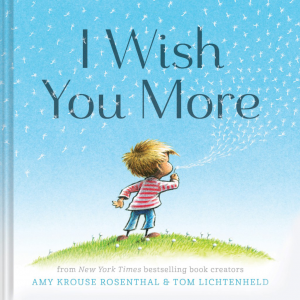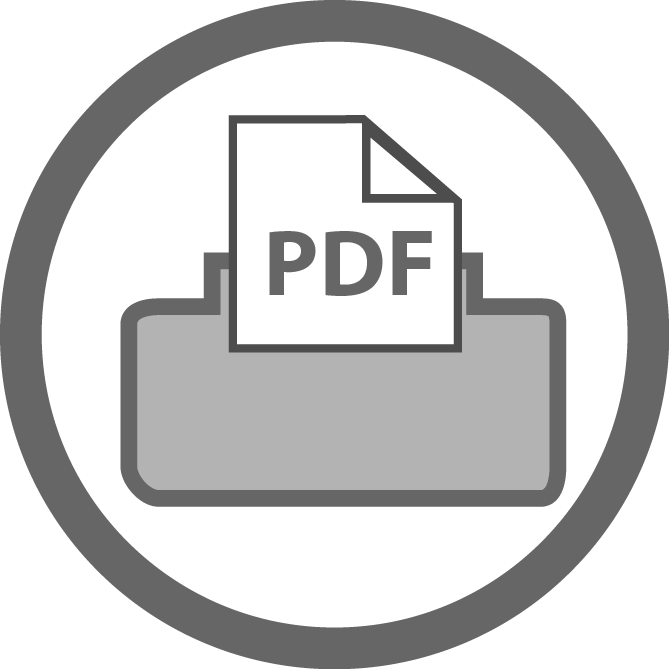 by Amy Krouse Rosenthal and Tom Lichtenheld
by Amy Krouse Rosenthal and Tom Lichtenheld
Using simple text and illustrations, the authors create a compendium of wishes. There are wishes for curiosity and wonder, for friendship and strength, for joyous days and quiet moments.
Strategies/Skills Used
Reading Strategy 1: Access background information.
Reading Strategy 2: Predict what will be learned or what will happen.
Reading Strategy 5: Make mental pictures.
Reading Strategy 7: Determine the most important ideas and events and the relationship between them.
Reading Strategy 10: Summarize what has been read.
Reading Strategy 11: Make inferences and draw conclusions.
Reading Strategy 12: Reflect and respond.
 TEACHING THE ACTIVITY: PRE-READING
TEACHING THE ACTIVITY: PRE-READING
(1) Present the activity Thinking Like An Author to the class to have students make predictions about the plot.
(2) Select 4–8 excerpts or pictures (including the front cover) from the picture book I Wish You More.
(3) In partners or small groups, ask students to use the frame “who, what, when, where” to guide their predictions. Encourage them to make a connection between the images, excerpts and the title of the book.
(4) Elicit student responses from each group to share with the class, to help further their thinking.
(5) Lead a little discussion about the front cover, and have students provide ideas about why the authors chose to have a picture of a little boy blowing dandelion seeds into the wind.
 TEACHING THE ACTIVITY: DURING READING
TEACHING THE ACTIVITY: DURING READING
(6) Begin reading the story I Wish You More. Ask students to pay particular attention to the pictures and the wishes the author writes about.
(7) Stop every few pages and have students work in partners to use the Oral Retelling strategy, retelling and summarizing the text up to that point. With teacher support, discuss with students the meaning of the wish that was just read. For example, “‘I wish you more hugs than ughs’ means…,” or “‘I wish you more bubbles than bath’ means…” Write student responses on the board if necessary.
(8) Read the last wish at the end of the story, “I wish all of this for you, because you are everything I could wish for…and more,” and ask students to share in partners why they think the author ended the story this way. Ask who they think the story is written for.
(9) Guide students’ attention to the last wish of the boy. On the cover of the book he is standing in a field of stationary fluffy dandelions; on the very last page, many of the dandelions have been blown away and scattered. Discuss this change with the students.
 TEACHING THE ACTIVITY: POST-READING
TEACHING THE ACTIVITY: POST-READING
(10) Use Response Logs/Reflective Journals to have students reflect on the meaning of the story.
 (11) Distribute the I Wish You More Reading Response Log Sheet to students.
(11) Distribute the I Wish You More Reading Response Log Sheet to students.
(12) Have students choose one sentence starter such as “I think…,” “I feel…,” “I wonder…,” “I predict…,” “I find…,” “I suspect…,” “The part where…reminds me of…,” “I am surprised by…,” “My favourite part is when…because…,” and “I notice…” to describe their favourite wish from the story. Students will explain why it is their favourite wish, what that wish means to them, and who they would give this wish to if they could.